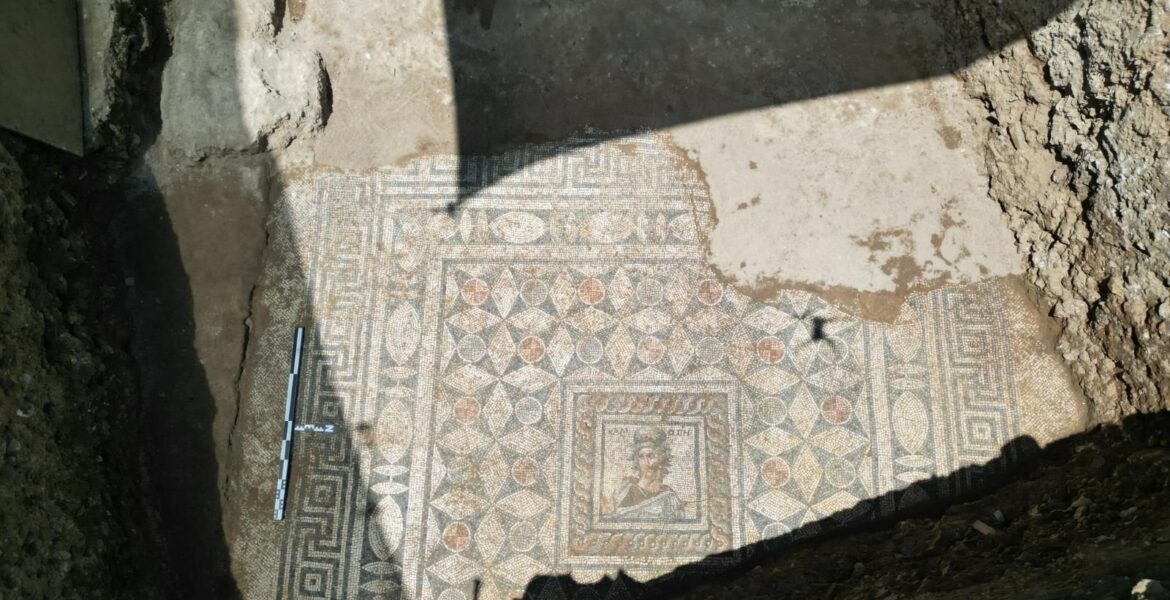Archaeologists exploring an ancient Greek settlement in southern Turkey have uncovered a beautifully preserved mosaic floor dating back to the second century BC. This mosaic is particularly notable for its distinctive portrait of Calliope (or Kalliope), one of the legendary Nine Muses from Greek and later Roman mythology.
Pseudo-Scylax, Strabo and Arrian record that Side was founded by Greek settlers from Cyme in Aeolis, a region of western Anatolia
The excavation took place in the ancient city of Side, located on Turkey’s southern Mediterranean coast, as part of an ongoing restoration project sponsored by Turkey’s Ministry of Culture and Tourism. The ministry recently announced this remarkable discovery on social media.
A Greek Settlement Dedicated to Gods and Muses
Side, situated in the Manavgat district of Antalya province, boasts a rich and complex history. It was founded in the seventh century BC by Greek colonizers from Western Anatolia. Known for many centuries as both a bustling commercial port and a vibrant cultural centre, Side remained a Greek settlement until it was occupied by the Romans in 78 BC, leading to a blend of Greek and Roman cultural influences.

Over the centuries, Side was conquered by the Lydians and Persians before being taken by Alexander the Great in 333 BC. Hellenistic culture thrived during Greek hegemony, and it was during this time, between the fourth and first centuries BC, that Calliope and the other Muses became widely worshipped in Side.
Calliope and the Muses
The Muses, daughters of Zeus and Mnemosyne (the goddess of memory), were celebrated for their beauty and their role in inspiring humanity’s creative spirit through art, poetry, music, dance, and drama. Greek poet Hesiod introduced the Muses to Greek culture in his epic poem, Theogony, written between 730 and 700 BC. This work detailed the origins and genealogies of the Greek gods, including the Nine Muses.
Calliope, often considered the leader of the Muses, was celebrated as the Muse of epic poetry and creative writing. Known as “The One with the Beautiful Voice,” she was symbolized by the writing tablet and stylus and was often depicted holding a book of poetry.
One myth suggests that Homer prayed to Calliope for guidance and inspiration while composing the Iliad and the Odyssey. In recognition of her status, Calliope was believed to inspire emperors, kings, and statesmen to lead with bravery, intelligence, and humanity.
The Legacy of Calliope
In 25 BC, Augustus Caesar incorporated Side into the Roman province of Galatia. However, the worship of the Muses continued as the Romans adopted them into their pantheon. Even today, artists often speak of finding their “Muse,” reflecting the enduring influence of these divine patrons of the arts throughout Western history.
The discovery of the Calliope mosaic in Side is a testament to the lasting legacy of Greek and Roman culture and the timeless appeal of the Muses.
Top image: Mosaic depicting the Muse, Calliope, excavated in Side, Turkey. Source: Republic of Türkiye Ministry of Culture and Tourism

